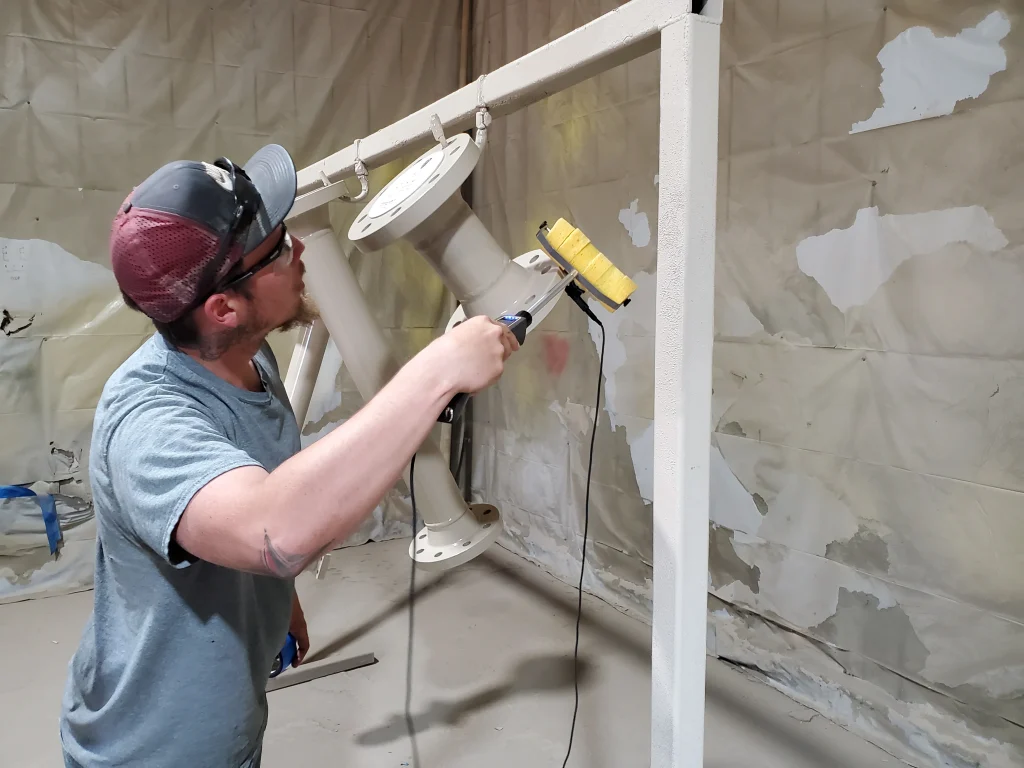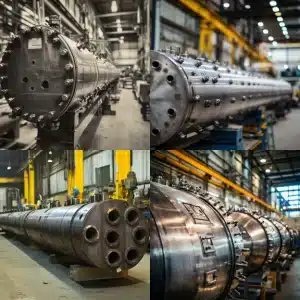
What are the failure modes classification?
Failure modes classification provides a structured way to categorize the potential failures of a system or component based on their characteristics and causes. The classification enables better communication among professionals and facilitates systematic approaches to risk assessment, design, and maintenance. Here’s a broad classification of failure modes:
- Nature of Failure:
- Catastrophic: Complete, sudden failure where the item can no longer perform any of its intended functions.
- Degradative: A gradual decline in performance.
- Partial: The component doesn’t completely fail but operates at reduced efficiency or effectiveness.
- Intermittent: Occasional or sporadic disruptions in functionality.
- Initiation of Failure:
- Early Life: Failures that occur soon after a component’s introduction, often due to manufacturing or design issues.
- Random: Failures that have no predictable pattern.
- Wear Out: Failures due to the natural end of life of a component or system after prolonged use.
- Cause of Failure:
- Intrinsic: Failures due to inherent issues in the material or design.
- Extrinsic: Failures due to external factors like misuse, environmental conditions, or external stresses.
- Induced: Failures caused by maintenance, repair actions, or external interferences.
- Failure Mechanism (Physical/Chemical Cause):
- Mechanical: Failures due to mechanical stresses, such as tensile, compressive, torsional, etc.
- Thermal: Failures caused by temperature extremes or fluctuations.
- Electrical: Failures in electronic components due to electrical stresses like overvoltage.
- Chemical: Failures due to corrosion, oxidation, and other chemical reactions.
- Radiation: Damages from ionizing radiation in environments like nuclear reactors.
- Operational Context:
- Static: Failures that occur even without dynamic operation, e.g., a corroded storage tank leaking.
- Dynamic: Failures that happen under operational movements, e.g., a rotating shaft breaking.
- Visibility of Failure:
- Evident: Failures that are immediately obvious.
- Hidden: Failures that aren’t immediately apparent and might require inspection to detect.
- Consequence of Failure:
- Critical: Failures that have severe consequences, such as endangering human life.
- Major: Significant but non-life-threatening impacts.
- Minor: Minimal impacts on the overall system or process.
By classifying failure modes, professionals can develop a systematic understanding of potential risks and tailor their design, testing, maintenance, and mitigation strategies accordingly. This structured approach is instrumental in industries where safety and reliability are of utmost importance, such as aerospace, medical devices, nuclear power, and more.
Applications of Failure Modes Classification:
- Design Improvement:
- Recognizing potential failure modes in the design phase can lead to the development of more robust and resilient systems. A deeper understanding of failure categories can inspire innovative solutions that reduce or eliminate certain types of failure altogether.
- Maintenance Strategies:
- Different failure modes may require distinct maintenance strategies. For instance, components prone to wear out failure may benefit from regular replacement schedules, while those prone to random failures might be best approached with condition-based maintenance.
- Safety Protocols:
- Recognizing and classifying failures, especially those that can be catastrophic, is critical in devising safety protocols. This might involve creating redundant systems, emergency shutdown procedures, or early warning mechanisms.
- Training and Simulation:
- In industries like aviation or nuclear power, training programs often use simulations of different failure scenarios to prepare teams for real-life incidents. Understanding the different modes of failure aids in creating realistic and comprehensive training scenarios.
- Resource Allocation:
- Not all components in a system are equally critical, and not all failures have the same consequences. Classifying failure modes helps organizations prioritize where to allocate resources for inspection, maintenance, and improvement.
Challenges and Considerations:
- Complex Systems:
- In increasingly complex systems, multiple failure modes can interact in unpredictable ways. It’s essential to not only understand individual failure modes but also consider their potential interactions.
- Dynamic Environments:
- The operating environment can change over time, introducing new external factors that might lead to different failure modes or exacerbate existing ones.
- Data Collection and Analysis:
- Modern systems often generate vast amounts of data. Harnessing this data effectively to predict, detect, and analyze failure modes requires sophisticated tools and expertise.
- Human Factors:
- Human errors or interventions can introduce new failure modes or aggravate existing ones. Comprehensive failure analysis should consider the human element, both in terms of errors and potential corrective actions.
- Evolving Technologies:
- As technologies evolve, new failure modes might emerge. It’s vital for organizations to stay updated and continuously revise their understanding of potential failures.
A comprehensive grasp of failure modes and their classification forms the bedrock of many engineering and managerial decisions in industries worldwide. By continually refining this understanding, industries can pave the way for safer, more efficient, and more resilient systems. As we advance technologically, this understanding will be even more crucial in preventing incidents and ensuring smooth operations.




